Quick Links
To most people, marketing emails are just part of the background noise of their inbox. Some they open, read, and click-through, but most just get silently moved to the trash can.
But when done right, emails are an invaluable tool that lets you communicate with your audience on a slightly more personal level than a social media or blog post or a generic ad.
Through email, brands can provide personalized content to build credibility and trust, as well as form a relationship with their audience. They can share content, give discounts, and provide updates to help connect with readers.
To inspire you to elevate your email marketing campaigns, we’ve scoured the web and singled out ten examples of great email marketing. We’ve also broken down their best practices into a guide on how to build a successful campaign of your own.
What Is Email Marketing?
Email marketing is the practice of promoting a brand’s products/ services and building loyalty by sending emails to customers and prospects.
Emails aren’t new. By 2025, over 376.4 billion emails will be sent and received daily. Given how prolific the platform is, it’s no wonder that most businesses incorporate emails into their marketing strategies.
In an email marketing campaign, companies send out hundreds or thousands of emails to existing and potential customers. The aim is to build awareness, generate leads, and increase sales.
Email marketing strategies include newsletters, promotions, discounts, abandoned cart messages, feedback surveys, and other content — all of which contain links back to your website or product pages.
While this may seem spammy to some, a well-crafted email can have a positive impact on your readers and boost your customer base significantly.
With email content, you have a unique chance to educate and promote simultaneously. For example, you can send a newsletter that contains all your latest informational resources while still featuring your products.
Most marketing strategies incorporate both educational and promotional emails. This method keeps current customers informed and engaged between purchases while enticing potential leads to take the leap and buy what you’re selling.
Email marketing is also more personal compared to other forms of marketing.
Email campaigns can be highly targeted to match the interests of your target audience. It’s the perfect medium for lead nurturing since you can adjust your approach based on their profile and interactions with your business.
Why Most Companies Use Email Marketing in 2022
Email marketing is used by a majority of businesses. In a 2021 report, 87% of marketers used emails to distribute content. There are several reasons for this:
Great Return on Investment (ROI)
The first, and arguably, the most important reason for companies to use email marketing is the high ROI. Litmus estimates that the ROI for email marketing can be as high as 42:1, meaning you earn $42 for every $1 you spend. That’s a 4200% return.
No other form of marketing can deliver similar returns.
Deliver Personalized Content
Email marketing enables companies to deliver personalized content. Marketers can use laser-targeted audience segmentation to ensure brand emails drive results.
From the subject line to the images, marketers can customize every email element to resonate with their target audience. You can create multiple variations of the same email to connect with different segments and personas.
Get Feedback on Your Product or Service
You can send email surveys or polls to collect feedback and estimate customer satisfaction.
A customer that’s hesitant to share public feedback on social media can respond to an email survey instead. It also allows brands to respond to each concern or issue individually. This makes customers feel treasured.
Qualify and Nurture Leads
You can use emails to nurture and qualify leads, promote products, follow up with customers, and offer discounts. You can build relationships over time and influence future purchase decisions.
Emails are also a crucial content marketing asset. Let’s say a website visitor gave their email to download a whitepaper from your website. Marketers can use this email to send drip emails to convert that reader into a buyer over time.
Develop Audience Relationships
Brands have to establish a relationship with their audience to foster loyalty. A good marketing email from a brand that they’re already interested in is the best way to keep customers hooked.
Good experiences lead to loyal customers who can provide social proof and act as brand ambassadors. They can vouch for your products to their peers, friends, and family, increasing both brand awareness and leads.
Boost Website Traffic
Emails have links and call-to-action (CTA) buttons that lead readers to your product page or content, thus boosting web traffic.
Increased traffic is good for search engine optimization (SEO) and increasing rankings on search engines, making it easier for users to find your website.
Affordability
Email marketing is cheaper than most other marketing channels. You don’t have to spend thousands just to reach your audience. All you need is a team of good copywriters and designers to get the perfect email.
10 of the Best Email Marketing Examples
Many elements can affect your email marketing campaign’s performance, but that doesn’t mean creating a good email has to be complicated. Let’s take a look at some brands that got it right:
1. American Eagle
Subject line: Those jeans are SO you.
Lifestyle and clothing retailer American Eagle shows us how to be relatable by using language its core customer base would use. It’s fun, casual, not too “salesy” while still promoting the brand’s products.
This email has multiple CTAs that lead users back to the brand’s products, followed by a list of its best-selling jeans. This is simple yet effective. No fancy designs, no complex jargon or weird psychological techniques, just the basics done right.
The email ends with links to American Eagle’s apps, rewards program, a store locator, and gift cards. Repeat customers can easily find what they want, even if they’re not interested in the products shown in the email.
2. Nike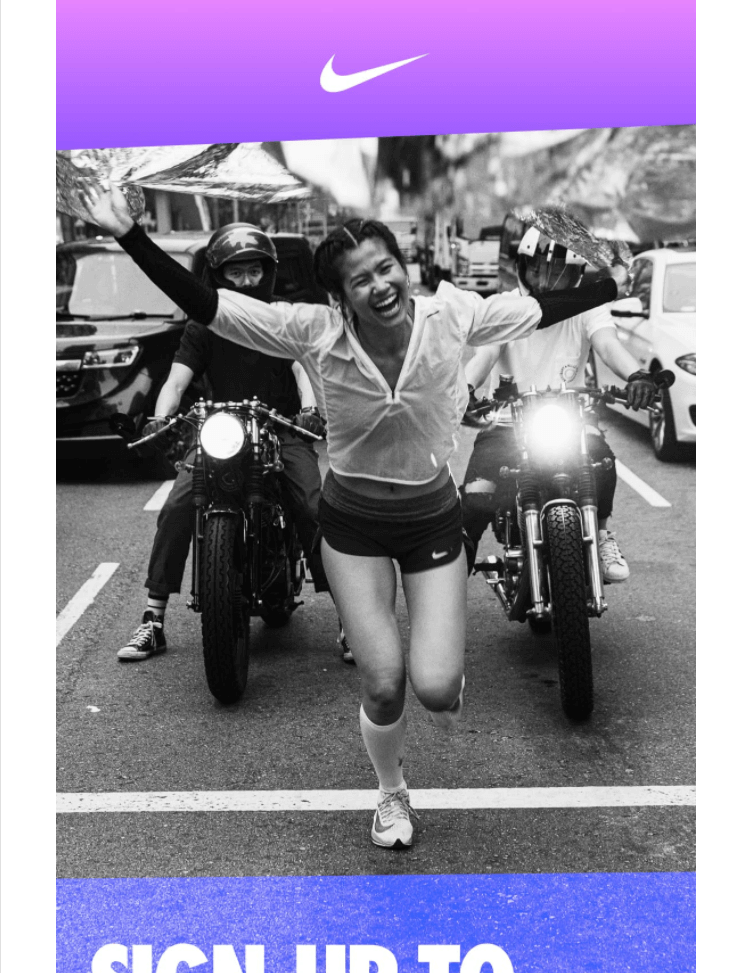
Subject line: This could be your best birthday yet.
Powerful visuals grab the user’s attention straight from the bat. It’s one of the best ways to entice viewers into reading what’s in your email.
Nike uses an emotion-inducing picture that conveys hard work and elation to hook readers into reading further. The text tells readers that Nike Members get a special reward on their birthday and entices users to become a Nike Member. (And guess when Nike sends this: on the customer’s birthday.)
This is followed by a quick run-down of other Nike Member benefits and a simple call-to-action button.
The brand’s use of the “visuals — benefits — CTA” format is a classic. Your visual doesn’t have to be a photograph. It could be a statistic or an infographic. Also note how Nike attaches itself to a positive life event, a birthday, in a creative way.
3. Rael
Subject line: PSA: This popular item is back in stock…
Encourage repeat purchases by informing customers when top products are back in stock. As self-care brand Rael shows us, “back in stock” emails are great to bring user attention to a specific product.
Notice the email copy right above the product image. It says, “Get it before it sells out (again)!” This is a great way to induce a sense of FOMO (fear of missing out) and drive instant action.
The copy also adds credibility to the product. It implies that the product is so good that it sells out quickly, and users should grab it when they can.
Rael, like other retail brands, also lists other products below the main image along with links to special offers.
4. Vybes
Subject line: Finally February
To connect with its audience and promote its beverages authentically, Vybes kicked off 2022 with a weekly newsletter by Brand Curator Sara Nagel. The newsletter catalogs her journey through Dry January and then a follow-up post in February. It shares her personal story and promotes the brand’s products simultaneously.
Email newsletters like this one are great for highlighting real-life experiences with the product. They act as a form of social proof and build credibility.
Brands can use customers’ reviews or experiences to create series like these. They are also affordable to make and can boost brand awareness.
5. Grammarly
Subject line: You’re quite the word-wonder!
Grammarly perfects audience interactions and engagement with stats on how they use the platform. Users can opt for a weekly mail that summarizes their activity, productivity, vocabulary, mistakes, and more.
The brand uses these Insights emails to gamify the usage of its app and keep users coming back to improve their stats, vocabulary, or writing. The brand ends its emails with a list of weekly stories and tips, which lead back to articles on its site and boost traffic.
Using this method, you provide audience insights, prove the value of your product, and even advertise your content, apps, and offers.
6. Drunk Elephant
Subject line: Well, that’s a little personal.
Every brand waxes poetic about its products and services. So why should customers believe you?
Prove your products are trustworthy by showing users how people within the company personally use them. The Drunk Elephant, a skincare and beauty brand, uses its emails to tell customers about employees’ skincare routines, which they call “smoothies.”
These smoothies advertise the brand’s products and link back to product pages. They also highlight product benefits. Customers who are inspired or intrigued can use the “Shop” CTA button lower in the mail to visit the store.
The brand also promotes its magazine in the email, urging users to read more behind-the-scenes content and tips.
7. KPRepublic
Subject line: We saved your cart for you.
Abandoned cart emails are a powerful email marketing tool. When a user adds items to their cart but doesn’t check out, you can send a follow-up email shortly after urging them to complete the purchase. And they work — in 2021, the average conversion rate for abandoned cart emails was 18.54%.
And that’s what KPRepublic is doing with this email. It encourages customers to complete checkout and provides an opportunity for brands to collect feedback. Maybe there’s an issue with the checkout process, or the customer was unhappy with the shipping prices. Whatever the concern is, you can find out directly from users and respond.
Brands can add recommended products to these emails and other links. For example, KPrepublic links to their community Discord server.
8. Touch of Modern
Subject line: 24hr Special: Up to 60% Off Pilot Watches, Up to 80% Off Smart Toothbrushes & more!
Limited time offers are an excellent method of creating a sense of urgency and driving sales. Touch of Modern includes a time limit in its subject line and throughout the email, so users feel the need to grab items before time runs out.
You want your customers to think, “I need to buy this charger ASAP,” and then rush to do it. This is where limited-time discounts and offers come in.
Touch of Modern lists more sales the further you scroll, all with a time limit. Companies without an extensive product line can add recommended specific items or related ones instead.
9. B&H Photo
Subject line: Stories from Celebrity Photographers, Photographing Timepieces, 5 Street Photography Tips & More!
Converge your email and content marketing campaigns with a weekly or monthly content round-up.
B&H Photo, an American photo and video equipment retailer, sends newsletters with links to blog posts and videos. These help readers learn more about photography and the industry. These emails also include links to video tutorials.
Blogs and videos act as a guide for readers and establish the brand as a credible industry authority.
In this example, B&H Photo also provides the products they need and conveniently links them below the recommended content. This is a great example of both educating the consumer while also driving sales.
10. Athletic Brewing
Subject line: Upcoming changes to our prices
Company updates are a fairly common type of brand email. What’s different about Athletic Brewing’s pricing increase notice is the convenient FAQ section below the main letter.
Email subscribers invested in the company’s development can read the entire message. Those that aren’t can skip directly to the FAQ below and get all the details.
But here’s the kicker, Athletic Brewing also adds an incentive to its company update — customers that sign up for their subscriber’s club before Feb 15th get the same prices for the rest of 2022.
Brands can learn from this example how to turn a generic update into one that is informative, engages readers, and drives sales and loyalty.
How to build a successful email marketing campaign
If the emails above inspired you to create your own email marketing campaign or update an existing one, you could follow these steps to get results:
1. Plan Your Campaign
Good planning lays the groundwork for an effective email marketing campaign. You need to define your goals, budget, audience segments, and buyer personas ahead of time.
What you don’t want is to send out a generic email blast where only the names in each opening sentence are different. That doesn’t work anymore.
You should only send emails with minimal personalization for things like a company update.
A promotional email, on the other hand, requires a lot more personalization. You need to understand exactly who you’re mailing and why.
In transactional emails, like an order confirmation or abandoned cart, you can design the email around the purchases the customer bought or showed interest in.
Try to achieve the same level of personalization with your marketing emails. Target your emails to a specific buyer persona. Collect data from your website, store, and social media to build the personas. Develop multiple variations of the same email, each targeted to one segment.
The planning stages are also where marketers define the different types of emails to send when each mail is sent (for example, promotional emails every Friday).
2. Build Your Email List Effectively
To implement your email campaign, you need people to send it to. Building a list of prospects is a long and slow process, but it pays dividends over time. Some organic ways to gather an email address and build a list are:
- Add a sign-up form on your website. This can be in the sidebar of content pages, an opt-in option during checkout, or as pop-ups.
- Host online contests where subscribing to the email list is a qualifying factor.
- Offer discounts in exchange for signing up.
- Build an SEO strategy with landing pages focused on getting users to subscribe.
If you’re struggling to drive results with SEO and content marketing, don’t be afraid to reach out to our SEO experts for a free call. We can help you set up an effective lead generation strategy through a combination of SEO and high-quality content.
3. Create an Email Design Guide
Create a uniform email design guide that helps marketers, copywriters, and designers work better. A design guide includes directions on:
- Content
- Brand identity
- Brand colors
- Image guidelines
- Email layout
- Fonts
- CTAs
- Templates
Start your design guide with the most critical information on top. There’s no room for ambiguity, errors, or poor content when there are clear instructions on how every aspect of an email needs to be built.
Remember that all your emails need to be direct and concise. Even if it’s a lengthier newsletter, avoid rambling and fluff.
Teams can also build templates for some email types to speed up creation and distribution.
4. Focus on the subject lines
The subject line is arguably the most crucial element of an email. For many users, it’s a decisive factor in whether they open the email or delete it.
There are no strict rules on how long your email subject line should be. A 2020 report showed that longer email subject lines tend to perform better, with subject lines of 250 characters getting an open rate of a whopping 33%.
The same study also showed that including emojis in the title could potentially boost open rates by a small margin, but over 96% of marketers still avoid them.
But don’t focus too much on character counts. Instead, focus on enticing your target audience in a way that relates to them.
And don’t forget to optimize the pre-header. The pre-header is the first line of text in your copy and is shown next to the subject line before users open the email. Make this as relevant and engaging as possible.
5. Segment Your Audience and Personalize Your Emails
Audience segmentation is an email marketing strategy where you separate your list into segments based on demographics, buying habits, and how customers interact with your website and products.
When you segment the audience for your email marketing campaigns, you can match the content to every group’s specific needs or pain points. This strategy helps your emails resonate with the audience, boosting engagement and conversion rates.
Segmentation lets you create email variations so that it’s always relevant to the reader. And that’s crucial because 72% of consumers in 2021 say they only engage with personalized marketing messages.
6. Use an Email Calendar
Similar to an editorial content calendar, you can create an email calendar that dictates when each email will be sent out. You can use different colors, symbols, and descriptions to clearly identify email type, the audience segment it’s meant for, publishing dates, and priority levels.
To streamline this process, you can use automation software to automatically plan your emails and ensure delivery. Most of these tools also offer customizable templates for easy email creation.
Alternatively, you can outsource your copywriting to experts while you focus on planning and optimization.
7. Test Your Emails
Testing is key to perfecting your email marketing strategy. First, you need to run tests to see how your emails look on different devices and email clients. If your emails are misaligned or not loading on specific devices, it’s time to optimize them.
Use A/B testing to track performance elements. Factors like which subject lines will work best, the ideal time to send your emails, and which email version is the right one can all be tested to fine-tune your strategy and get the best results.
8. Monitor and Optimize
Define key performance indicators (KPIs) based on your email marketing goals and track them to see if the campaign is on track.
Some basic email metrics include:
- Open rate
- Click-through rate (CTR)
- Website traffic
If you’re using an analytics platform like Google Analytics for your e-commerce store, then you can also track conversion rates, the sales revenue generated by each email, and more.
Each campaign will have its own goals and metrics. For example, a strategy focused on brand awareness will focus on open rates and traffic over any sales.
Track performance over a period of time and optimize your campaigns to match your goals. If things aren’t working as planned, use metrics to understand the shortcomings and address them.
Email marketing requires constant updates to stay up-to-date with the latest trends, customer data, and market research.
Start Your Email Marketing Campaign Today
Hopefully, you learned something by examining the examples in this article. Building an email marketing strategy can be challenging. The key is to always focus on your target audience, measure the right metrics, and dedicate yourself to continuous improvement.
If you’re struggling to even get people to sign up for your email list, it doesn’t matter how awesome or personalized your emails are. Instead, it’s time to launch an SEO campaign to start building a list of targeted prospects.
Get in touch today, and we can help you get started!


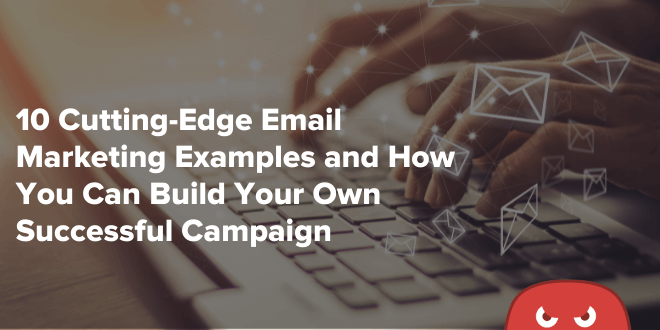
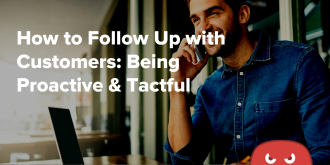


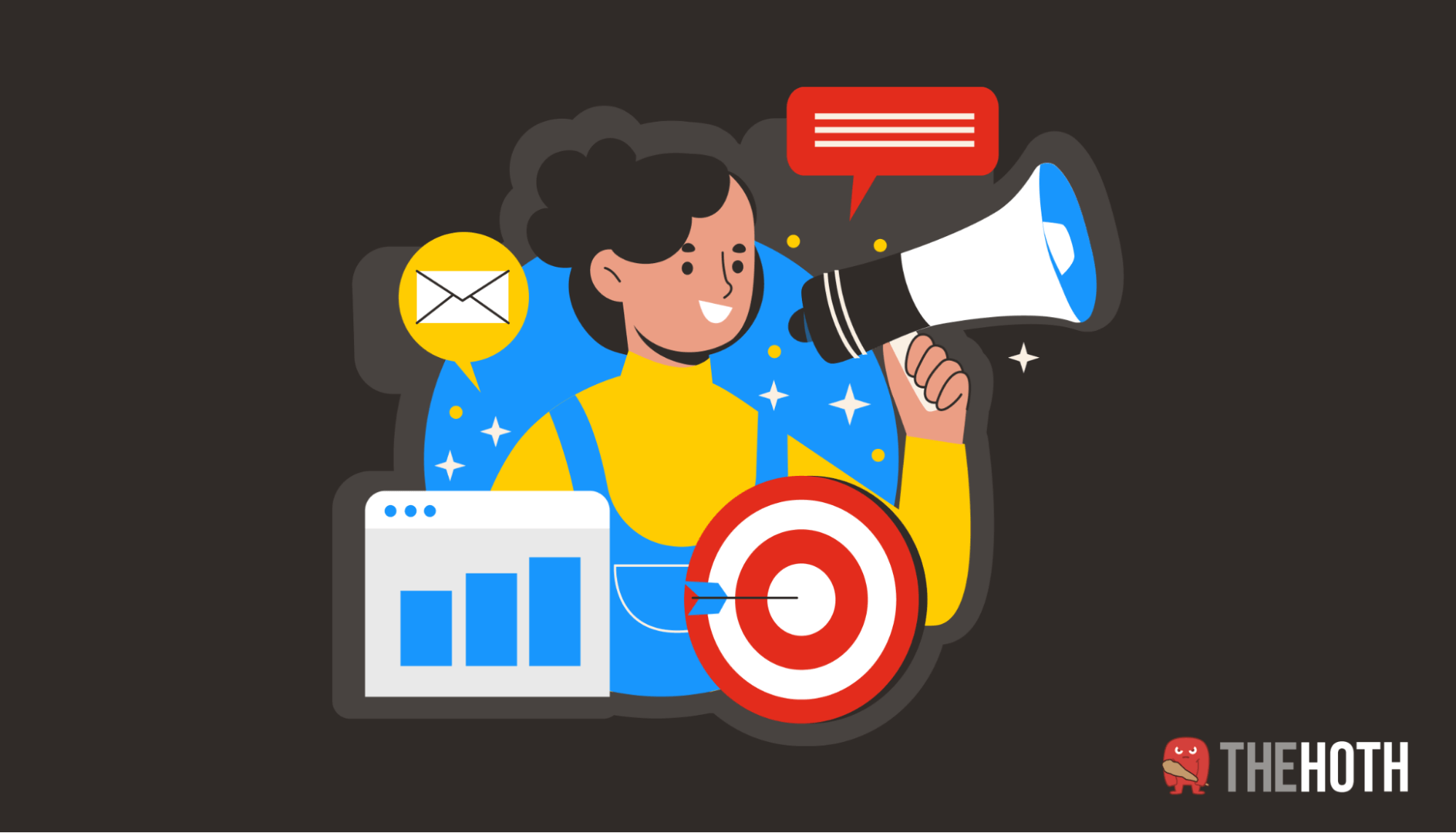
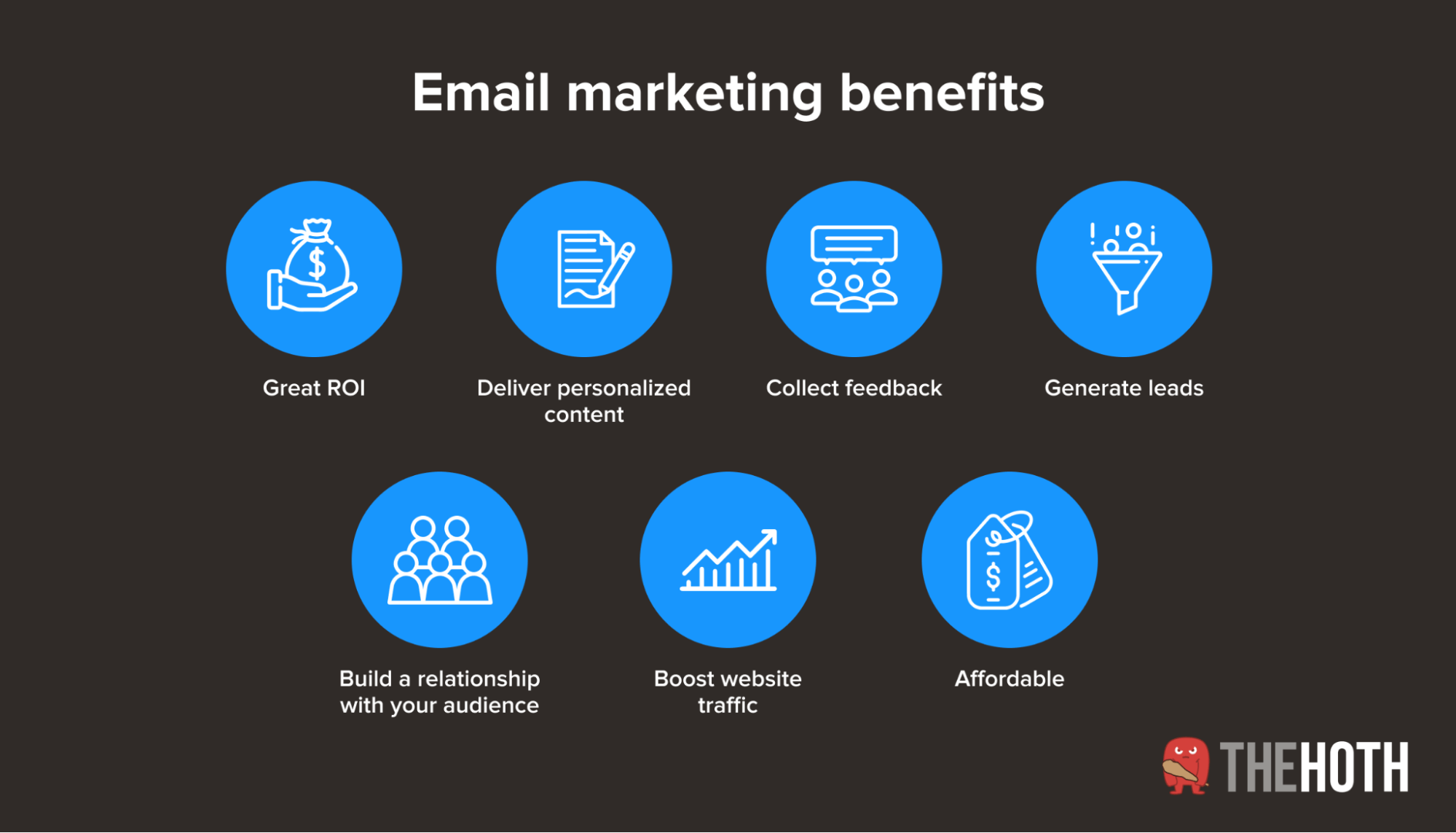
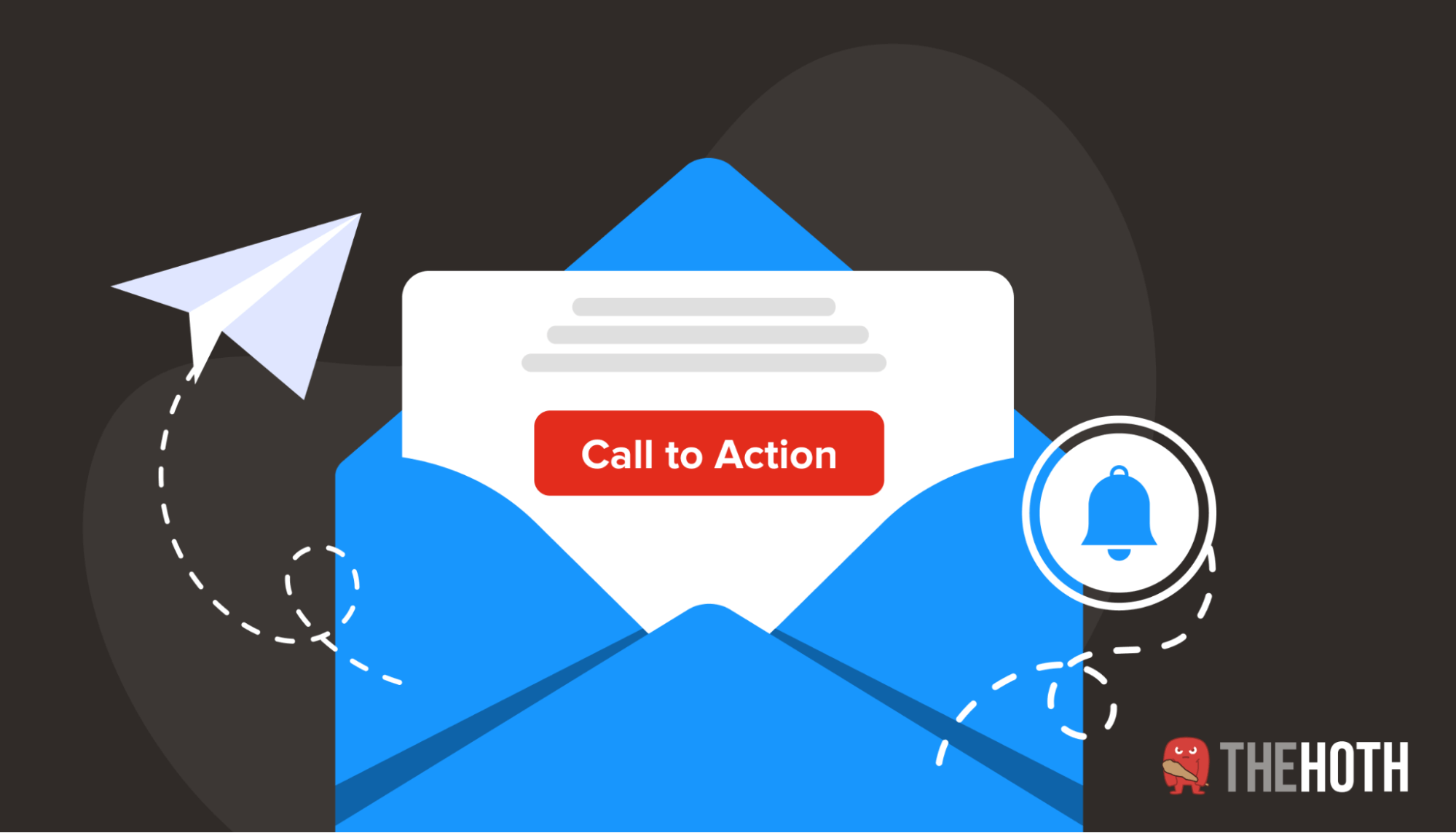
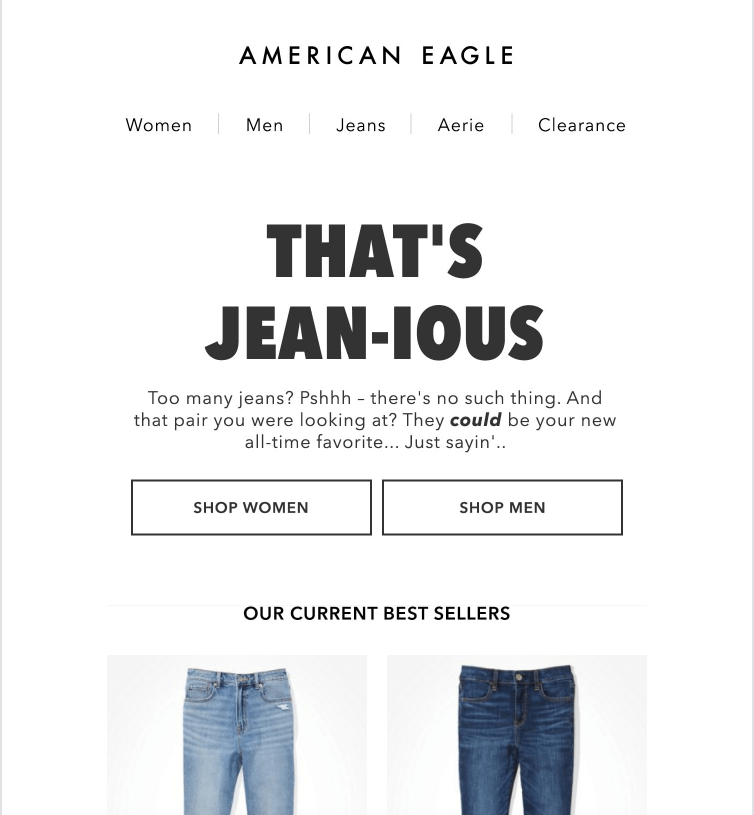
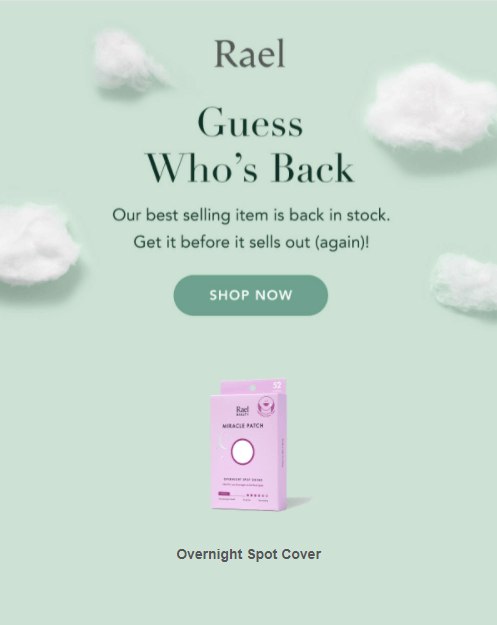
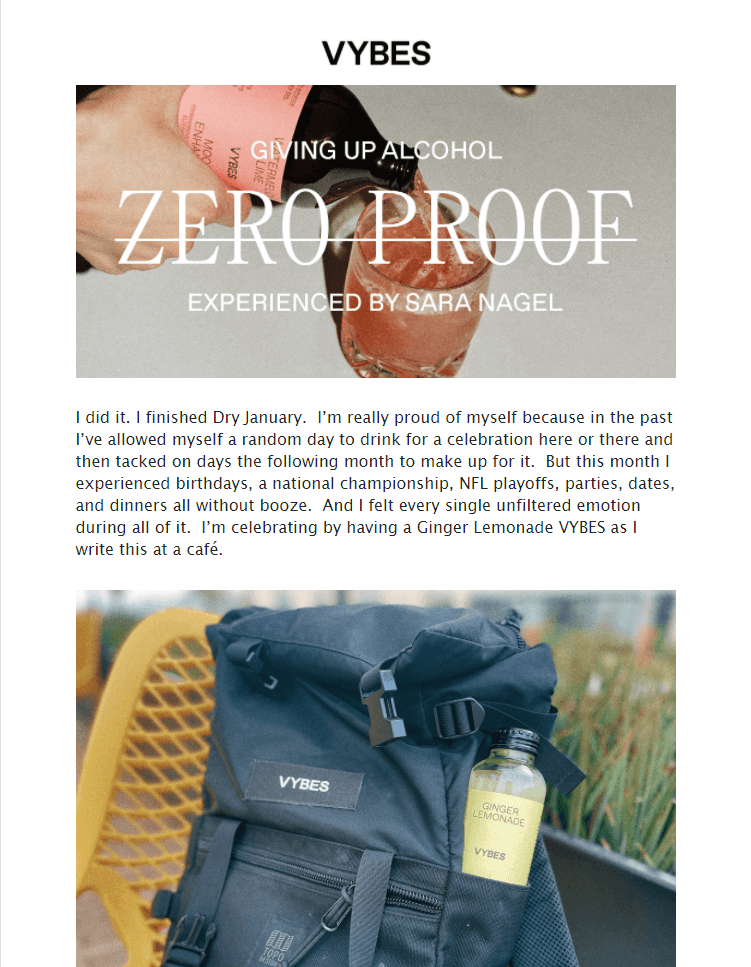
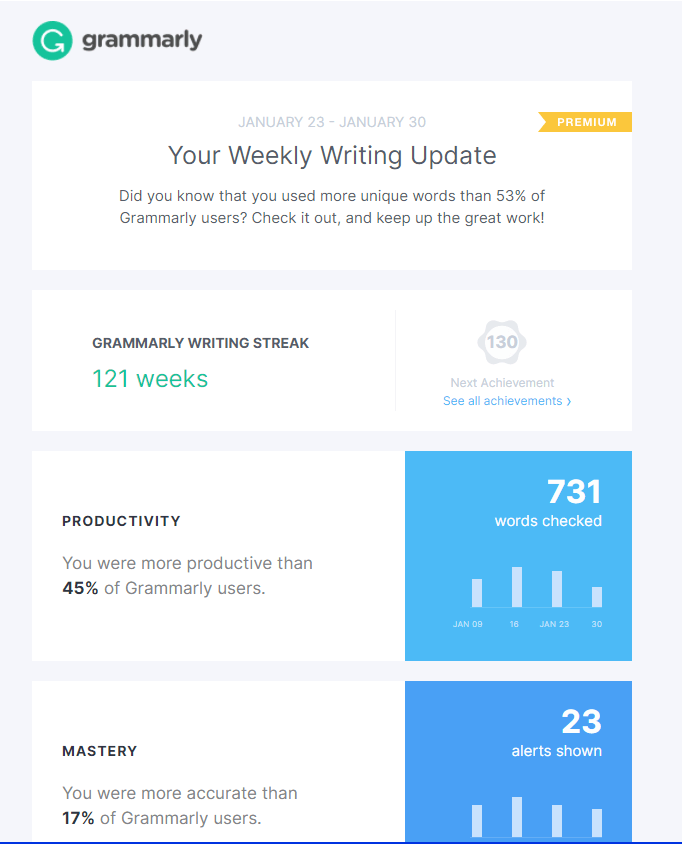
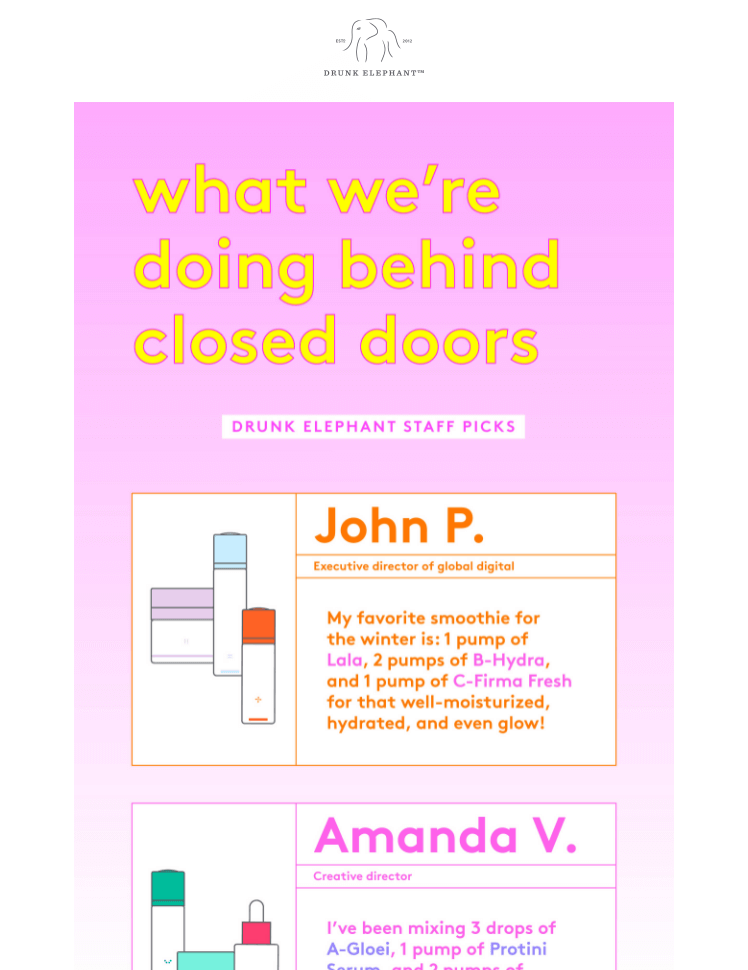
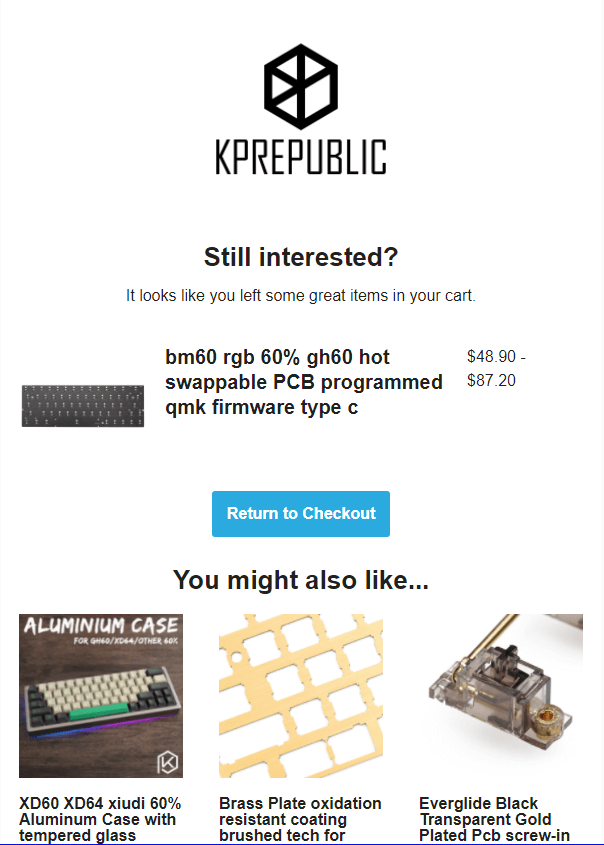
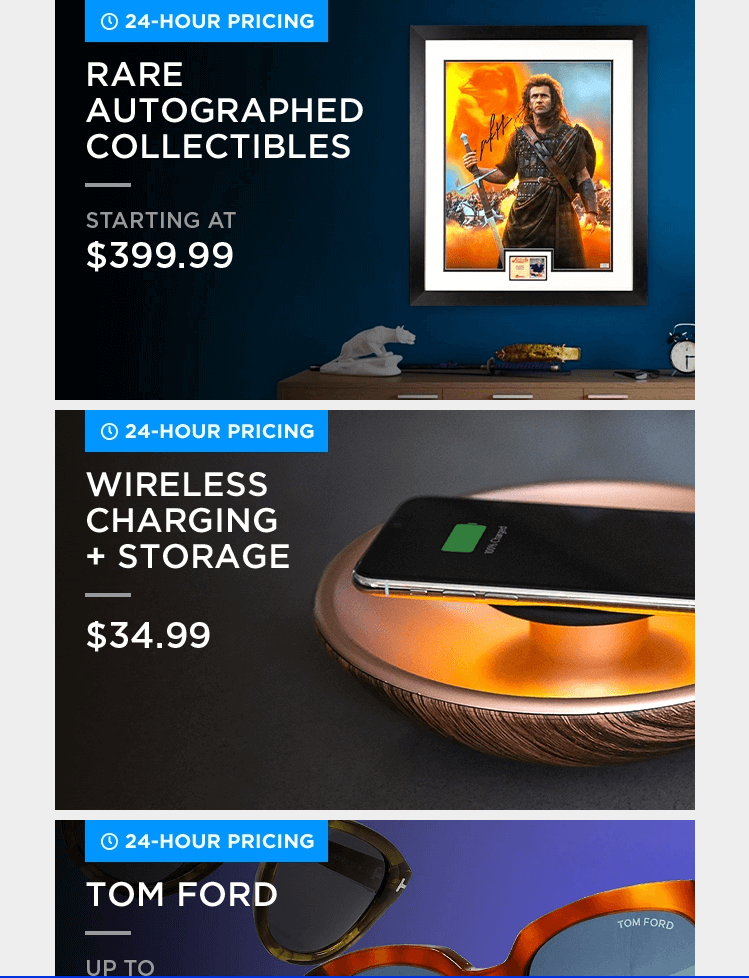
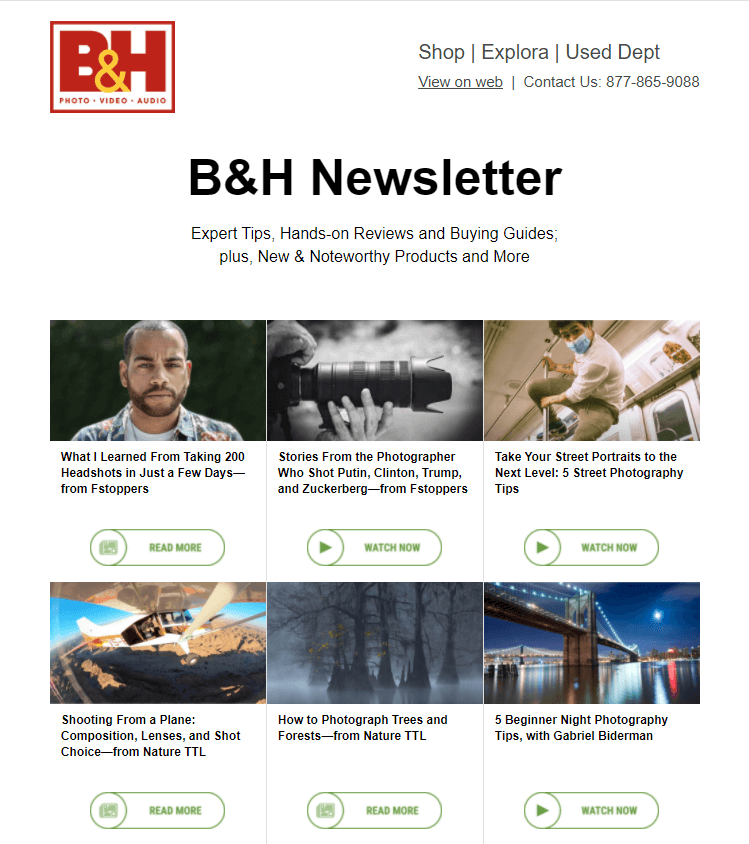
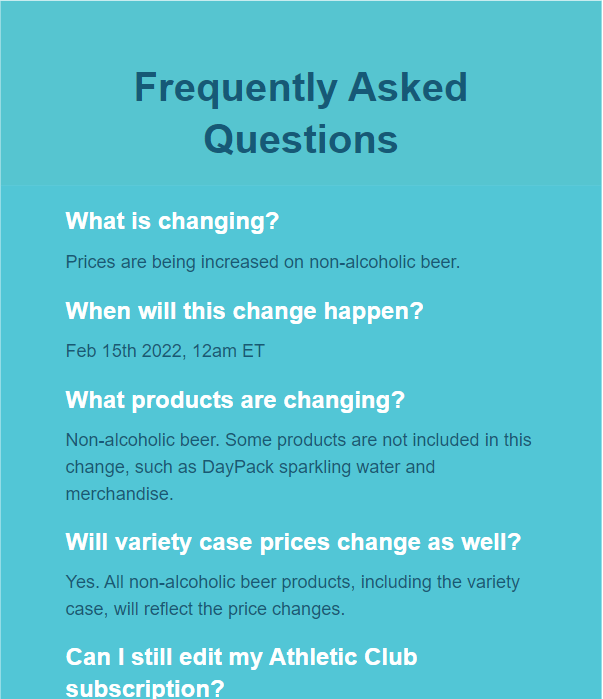
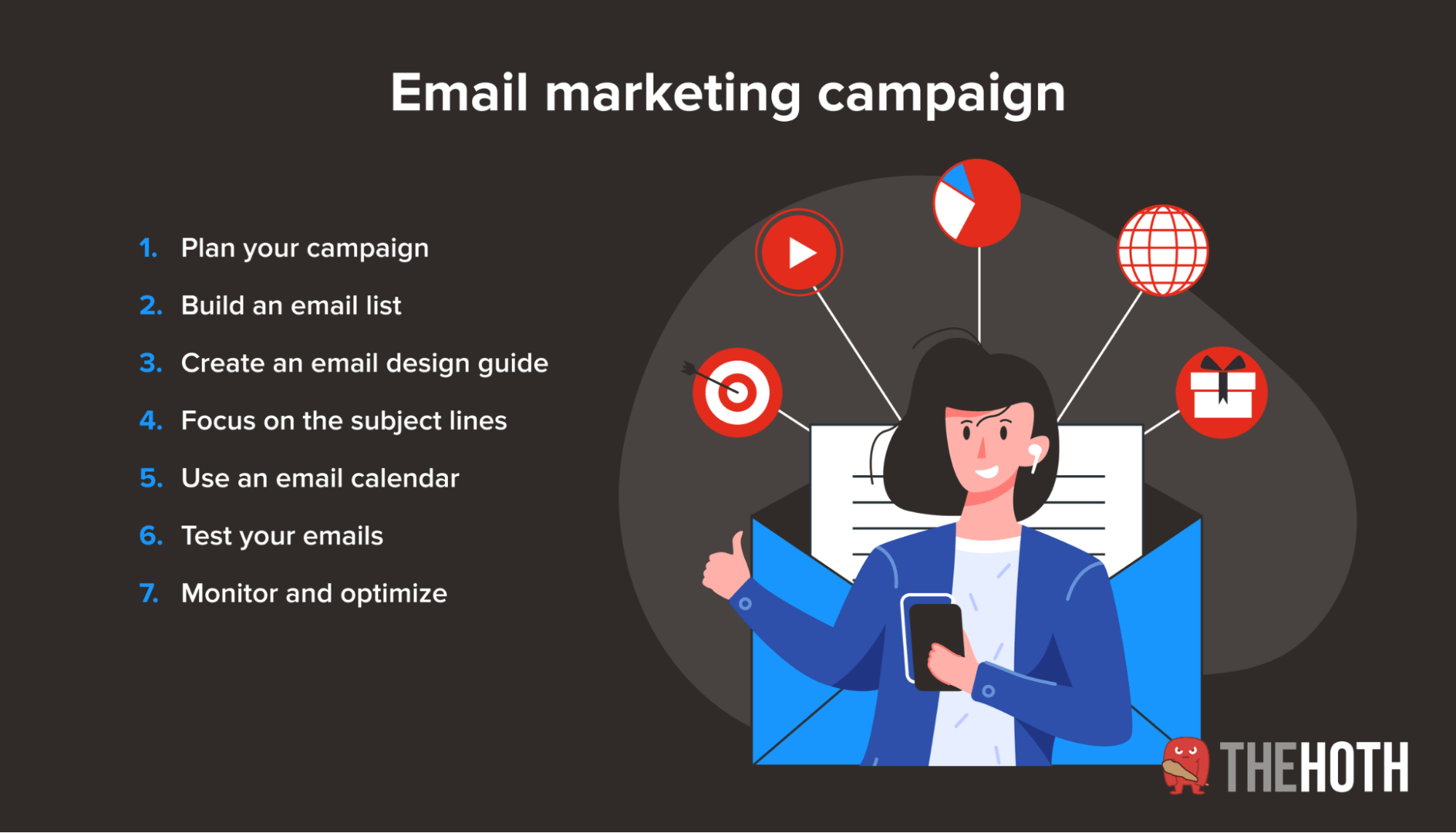



The best article I have found So far regarding email marketing. Its detailed information with examples is helpful for any reader to understand better. I really appreciate your efforts.
Glad that you found it valuable!